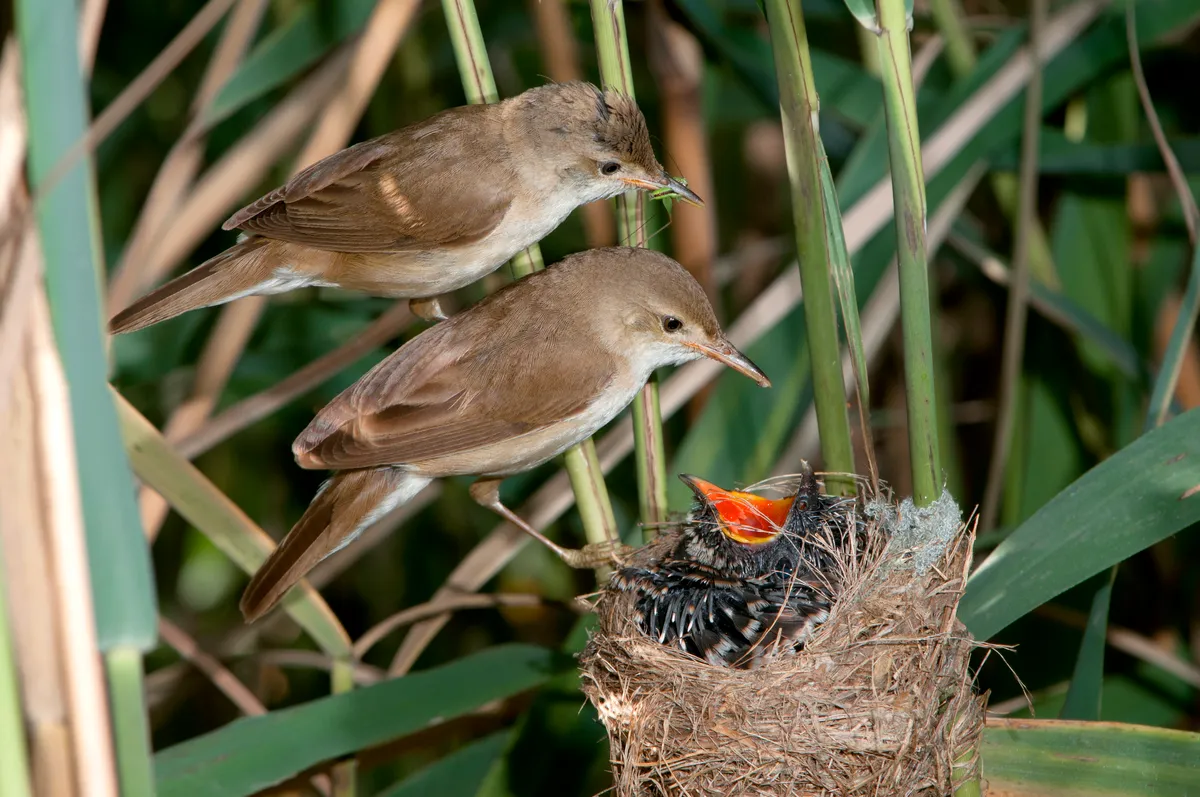Few birds are more closely associated with a specific habitat than the reed warbler (Acrocephalus scirpaceus), a bird that genuinely lives up to its name.
Spring marshes resound to its grumpy, very rhythmic song, and it isn’t too hard to see this sharp-beaked and arrow-headed warbler singing from a reed top or flying between stands of its favourite plant.
In this guide we take a closer look at the reed warbler, including what they look like, their song and nesting habits.
Interested in learning more about Britain’s birds? Check out our guides to finches, tits, woodpeckers and thrushes.
Warblers of the UK
Warblers are a group of small, often green-brown birds with varied songs. Learn more about these spring and summer songsters with our guide to the warblers of Britain.
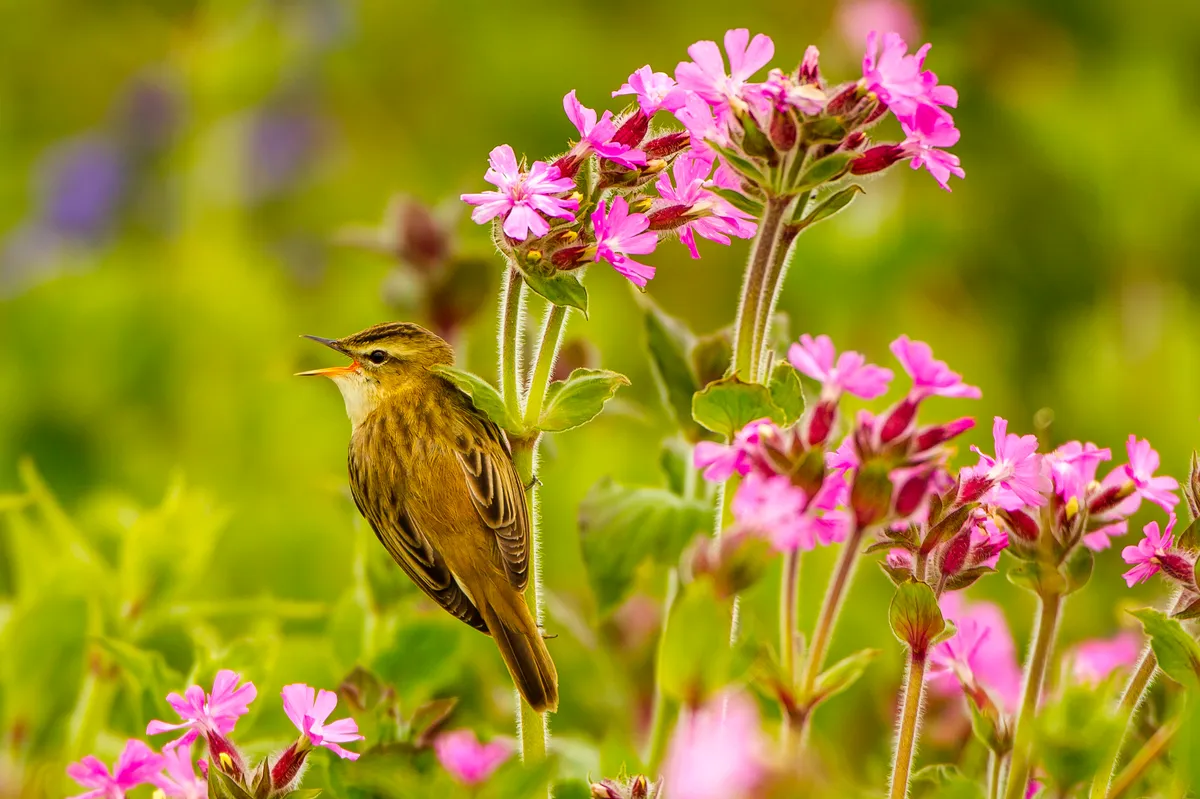
What does a reed warbler look like?
Reed warblers are not always straightforward to see, but look carefully and you might see one on a reed top, with its warm-brown plumage, paler below, and its pointed bill on a rather arrow-shaped head, with a peaked forehead.
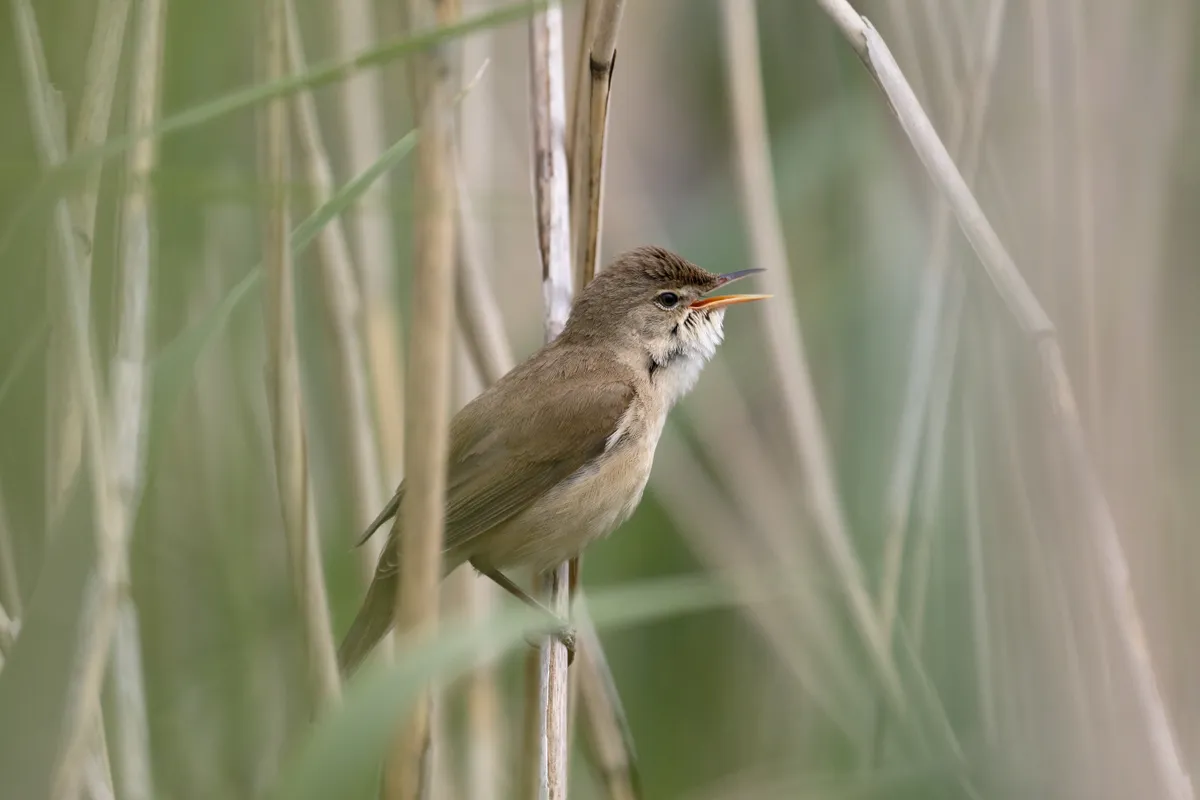
What does a reed warbler sound like?
The song is unusual for its long phrases (30 seconds or more) which are rhythmic and repetitive. The grumpy grumblings add a very distinctive atmosphere to the habitat. Even a single bird singing can sound like several.
Credit: Paul Dinning
Where are reed warblers found?
Almost anywhere in the southern half of the UK where there are even small stands of reeds, reed warblers may be found. Marshes resound to their songs, day and night, in the spring.
Reed warbler distribution and population
Red warblers are common in the UK, seen from April-September. 130,000 pairs were recorded in 2021 by the British Trust for Ornithology.
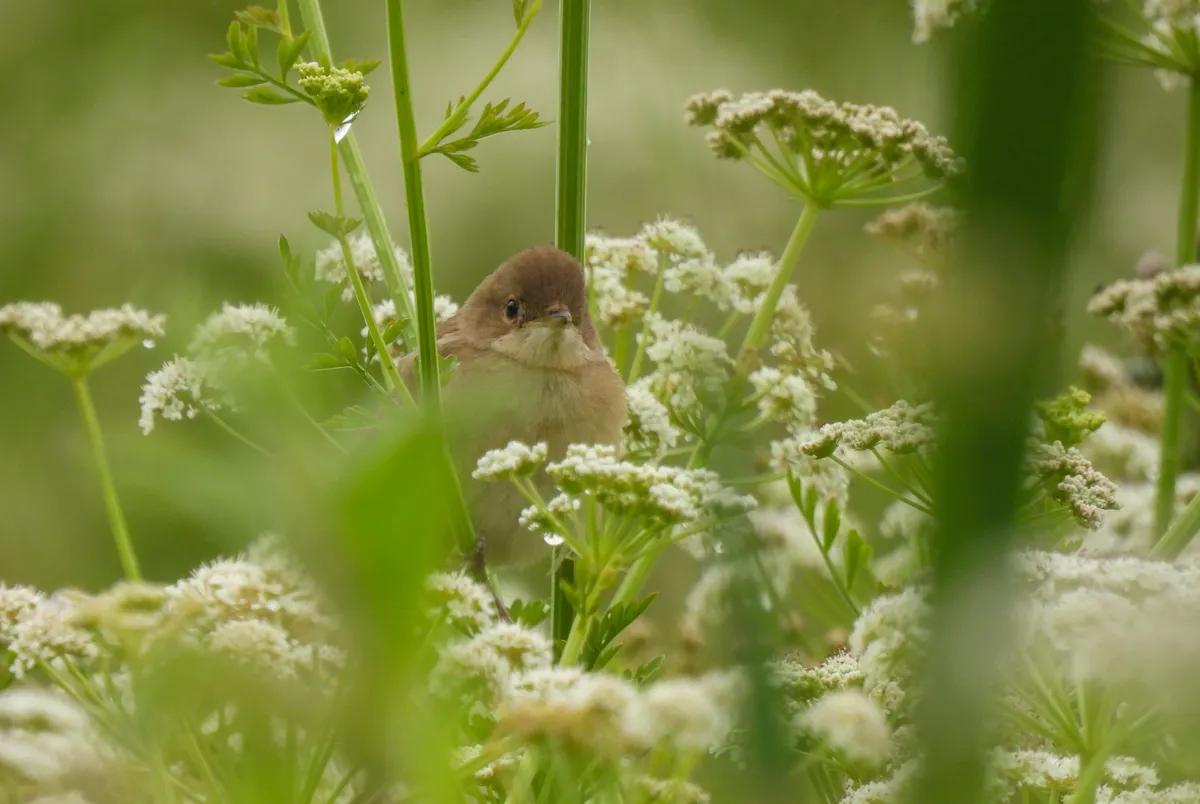
When do reed warblers migrate?
As the stocks of their insect food begin to run out in autumn, reed warblers begin to move south and are gone by the end of September. Their migration to sub-Saharan Africa is unusual for its leisurely nature. The birds take their time and travel in short-haul hops of a few hundred kilometres at most.
Bird migration guide
Throughout the year, millions of birds migrate to and from the British Isles. Our expert guide explores why some birds arrive in the UK in particular seasons and others leave, which species migrate and where they go when they leave Britain's shores.
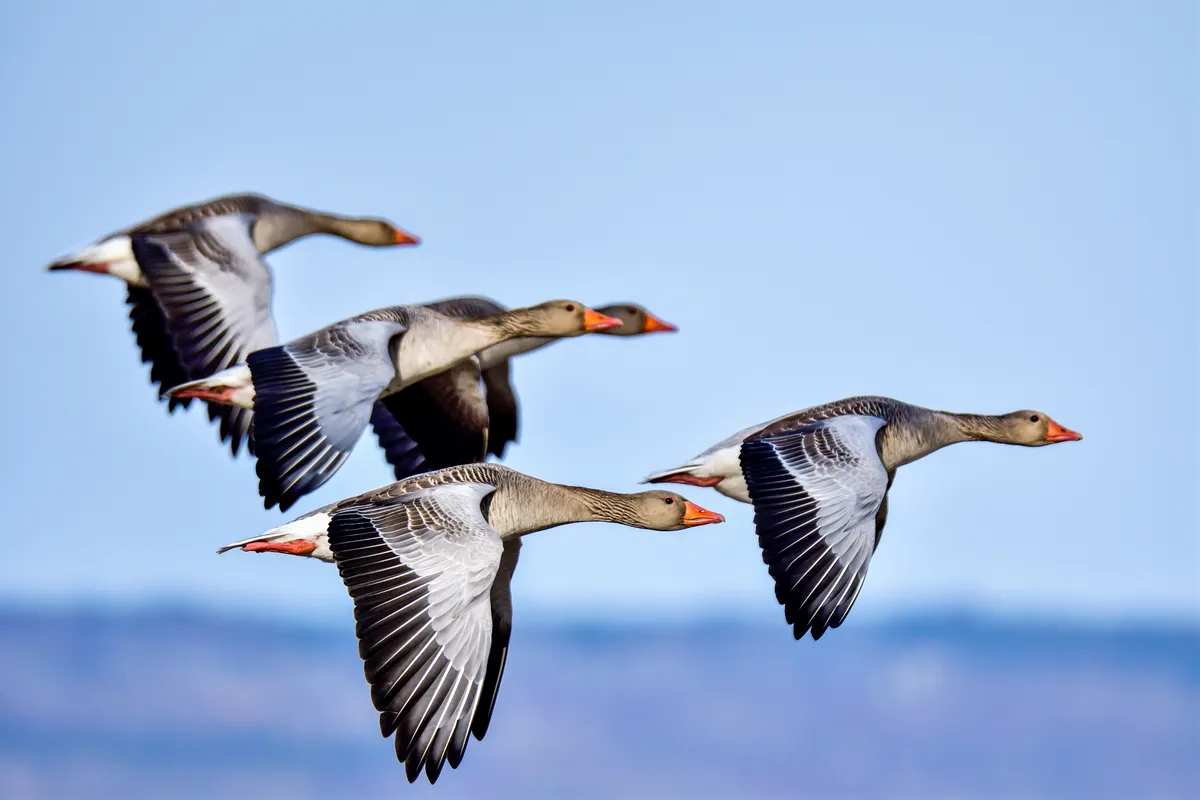
Where do reed warblers nest?
Reed warblers build marvellous, cup-shaped nests which are bound into clumps of vertical reed stems, always above water to provide protection from below.
Each nest takes a week to build. Despite the effort, reed warbler nests are exceptionally vulnerable to the deeds of the cuckoo – the reed warbler is one of its main hosts in Britain, along with dunnock and meadow pipit. One of the problems is that the nests, confined to reed beds, are easy to find for the brood parasite. Nevertheless, reed warblers are doing fine in this country.
